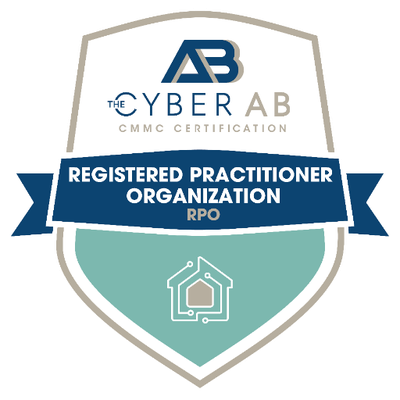Compliance with NIST 800-171 and the Defense Federal Acquisition Regulation Supplement (DFARS) is crucial for contractors and subcontractors working with the U.S. Department of Defense (DoD) and handling Controlled Unclassified Information (CUI). Here’s a general guideline to achieve compliance:
- Know the Requirements: NIST SP 800-171 focuses on protecting CUI in non-federal systems and organizations. It outlines 110 security requirements across 14 families of security controls.
- Scope Identification: Determine where CUI is stored, processed, or transmitted within your organization’s systems.
- Understand DFARS Clauses: Especially 252.204-7012, which mandates cybersecurity measures and incident reporting.
- Assess Cybersecurity Requirements: Understand the cyber hygiene level required for your organization.
- Conduct a Gap Analysis: Compare your current practices against NIST 800-171 requirements to identify gaps.
- Create a System Security Plan (SSP): Document how your organization meets each NIST 800-171 control. Include system boundaries, operational processes, and how security requirements are implemented.
- 3.Implement Security Controls: Address the 110 controls in NIST 800-171, such as access control, incident response, and system and information integrity.
- 4. Plan of Action & Milestones (POA&M): Develop a POA&M for unimplemented controls, documenting how and when these issues will be addressed.
- Regular Training and Awareness: Ensure all staff are aware of CUI requirements and cybersecurity best practices.
- Monitor and Maintain Compliance: Regularly review and update security measures and documentation. Stay informed about changes in NIST and DFARS requirements.
- Ensure Third-Party Compliance: Ensure that your subcontractors or third-party vendors are also compliant if they handle or access CUI.
- Develop an Incident Response Plan: Be prepared to detect, respond to, and recover from cybersecurity incidents, especially for DFARS 252.204-7012 requirements.
- Maintain Documentation: Keep detailed records of compliance efforts, including SSPs, POA&Ms, and incident response plans.
- Report Incidents: For DFARS compliance, promptly report cybersecurity incidents to the DoD.
- Consider Professional Assistance: Cybersecurity consultants or managed services can assist in achieving and maintaining compliance.
- Conduct Regular Audits: Periodically review your security controls and compliance status.
- Stay Informed: Regulations and best practices evolve, so it’s important to stay current.










